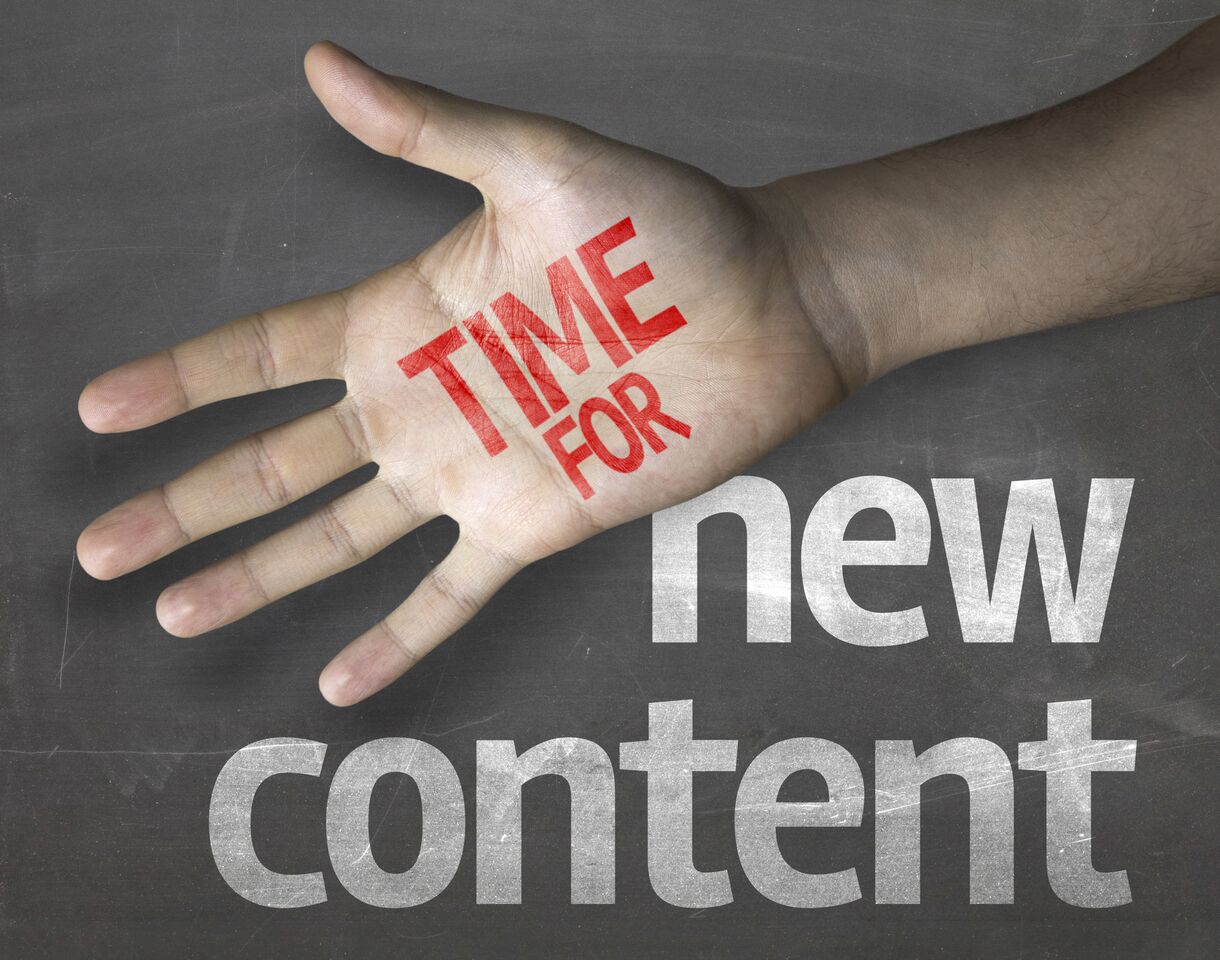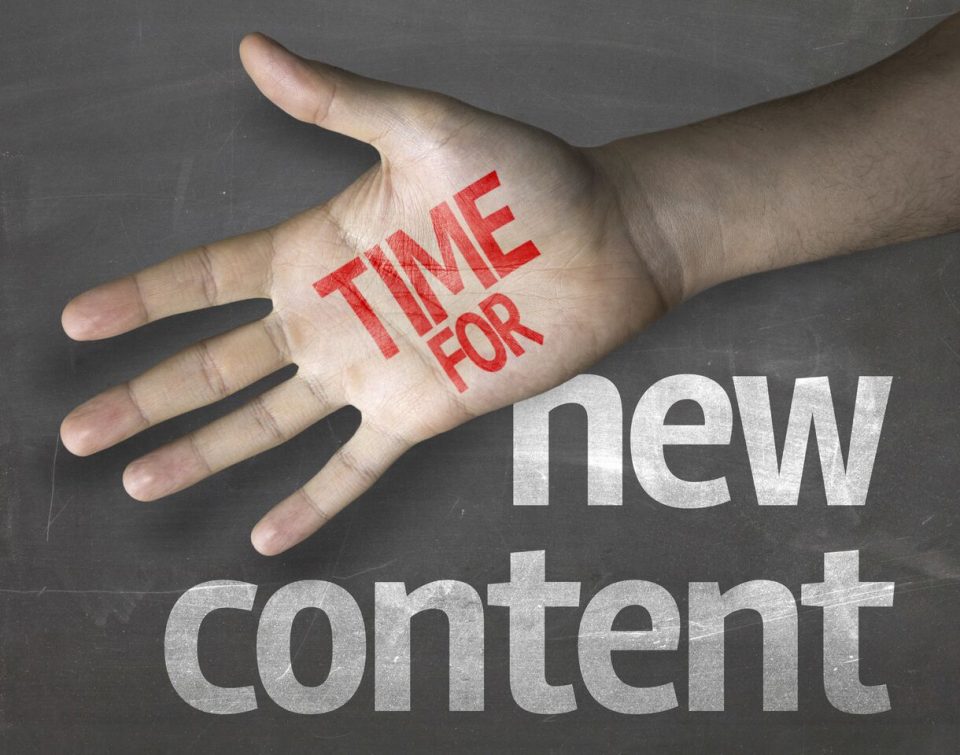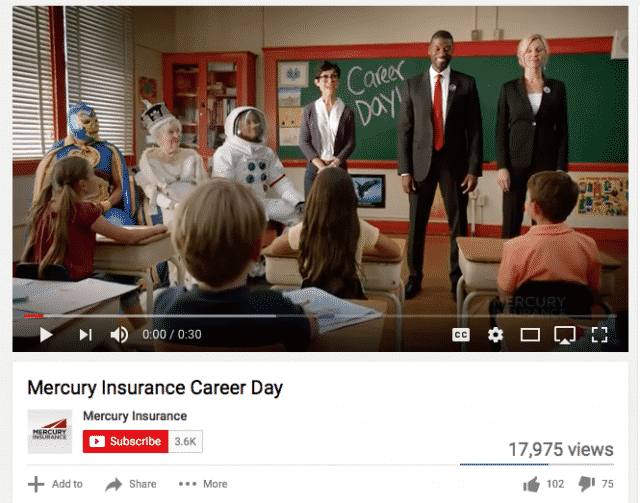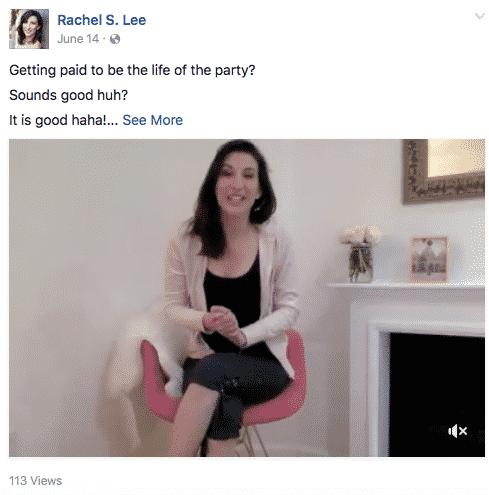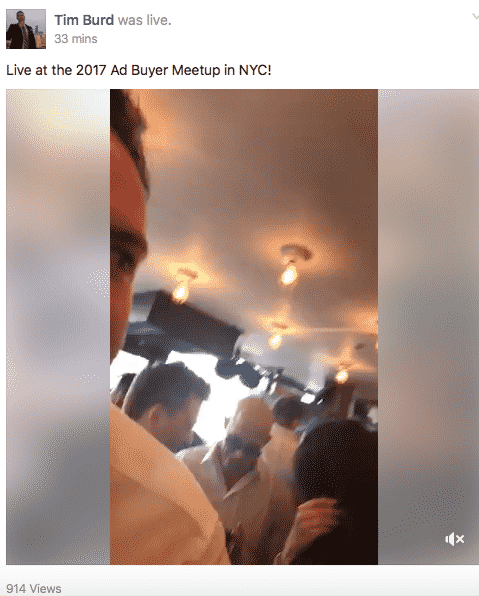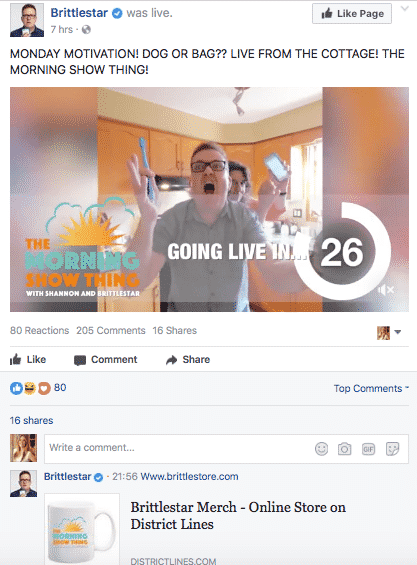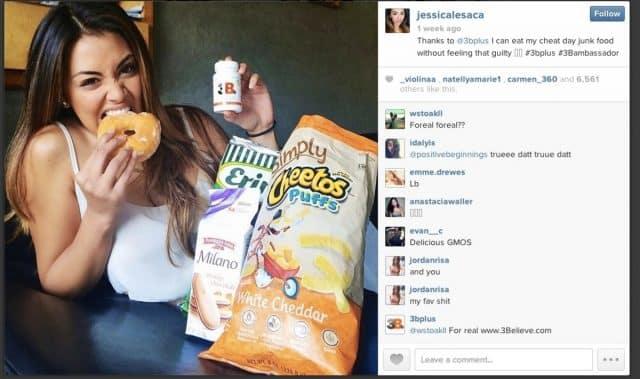When I began my career I was a journalist. A proud, I’m-going-to-save-the-world type of journalist. Then, the digital marketing age hit, and it hit journalism hard. Print wasn’t nearly as exciting as the web was and us journalists needed to adapt. Instead of publishing in print, we needed to publish online and create online-friendly content.
The type of writing also changed. Sure, we still have the NY Times type of style of writing, which we need for news, but content as a whole changed dramatically with the popularity of the web.
In the beginning it was okay to just switch ourarticles from print to web. Then, text articles weren’t good enough anymore and we needed add a variety of non-stock photo images. Images quickly became “not good enough” and graphics like infograpics became the norm. Now, we’re consumed with video content and “going LIVE”.
Content’s evolution is a good thing, though. As technology evolves so should the type of content that is produced. We have access to the type of technology that makes certain types of content, like LIVE video, more interesting than reading a 3,000 word article, and our content needs to adapt and utilize.
Take a look below and see where content marketing is the most effective now and what content types you need to be involved in.
Video Content Needs to Be the Norm
If you’re not producing video content as much as you’re writing content, you’re doing something wrong. Video content is taking over the cyber world, and for good reason. Images are great, don’t get me wrong, but video is what content marketing is moving towards.
It’s the easiest type of content for users to consume and doesn’t take nearly as much time or energy to digest as long form blog content does. That’s why 43% of people want to see more video content from marketers, and who can blame them?
Luckily for all marketers and business owners, these people aren’t demanding high-production films. They’re interested in raw, organic type of filming that is usually done by informally filming a story using your phone. This is the type of content for the current and future.
So, how do you start producing video content?
- First, develop a storyline. What information do you have to share that’s important for people to know? Perhaps it’s a collection of tips on how to do ___ better. Maybe it’s a video series featuring your travel journey, or even better, a journey through food. Try to come up with a main topic that could be told through multiple videos to help you produce content consistently.
- After the point of your video is established, and preferably a video series, then start storyboarding the first few videos with this recipe:
- The hook (intro)
- The solution / story (body)
- The conclusion / call to action (end)
- Voila! Now, it’ time to point and shoot. Please, don’t overthink this process and worry too much about how your hair looks. So often marketers and business owners miss out on video content opportunities because they let fear and judgement get the best of them, resulting in overthinking the simple process of video content. Solution: shoot a few takes to get your feet wet and eventually you’ll be comfortable enough to shoot short videos on the daily to continuously produce video content, and one day even go LIVE.
Facebook LIVE is the New Way to Engage and Sell
Facebook is already a hub for content, and it’s a hub we can all get behind. Even the smallest of businesses can use Facebook LIVE as a content distribution source.
Facebook LIVE on the other hand is changing the old fashioned text and image posts and giving brands and users a whole new opportunity to engage with fans. You’re able to have direct dialogue, in real time, with potential customers on Facebook.
As you go LIVE, Facebook sends out an alert to several of your followers and/or friends. This then encourages people to tune in and participate in your LIVE video.
One way I’ve really seen Facebook LIVE take off for brands is through product introductions. When a new product is released, do a Facebook LIVE video showcasing the product. This gives a real world feel to your product and allows users to view it in it’s natural light, not with a white backdrop, high contrast, and editing.
Another great way to use Facebook LIVE is for Q&A sessions. This is more ideal for coaches, brands, and companies who offer specific services versus products. Ramp up the participation by informing followers that you’re going to go LIVE and to get their questions ready. You can also do an email blast letting subscribers know the day and time of the Q&A session so they can make sure to attend.
During the LIVE session, have someone help you moderate the comments, especially if you’re expecting a pretty large attendance (100+ people).
Having an extra hand to help moderate the comments will allow you to just focus on answering the questions coming through and finding opportunities to discuss your business further.
Influencer Content Can Be Better Than Paid Ads
Businesses are finding more success using influencers to promote their content than the results of some of their PPC campaigns. Why? Because it works!
It only makes sense that people who follow a beauty blogger are going to be more likely to buy from your lipstick line if said beauty blogger features it on their YouTube channel or in an Instagram post. Fans have already established a trust with the blogger and are more likely to believe in their recommendations.
One thing I do hear all from businesses in regards to influencer content is that there aren’t influencers available for “my niche” – and that’s where they’re wrong!
There is an influencer in every industry, someone who has made it to the top, has a following, and is respected. They may not be directly in your niche, but they may be in a related niche and overall industry.
Here’s an example:
A luxury landscaper, someone who designs front yard landscapes for million+ dollar homes would want to find an influencer who is known in the luxury home industry… someone like Martha Stewart.
Yes, she’s probably out of reach for you, as is for me, but it’s an example to help illustrate the fact that there is an influencer out there for you in the grand scheme of things. You just need to do the research and find who and where they are (which is usually on YouTube or Instagram).
